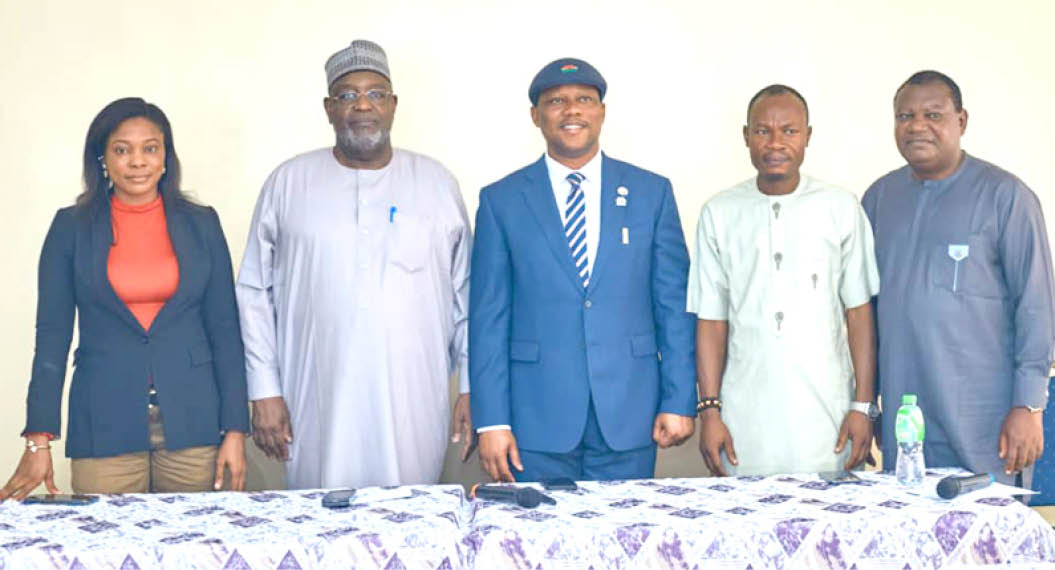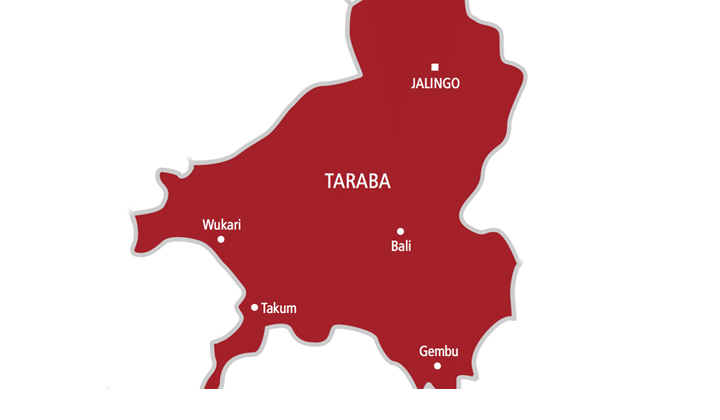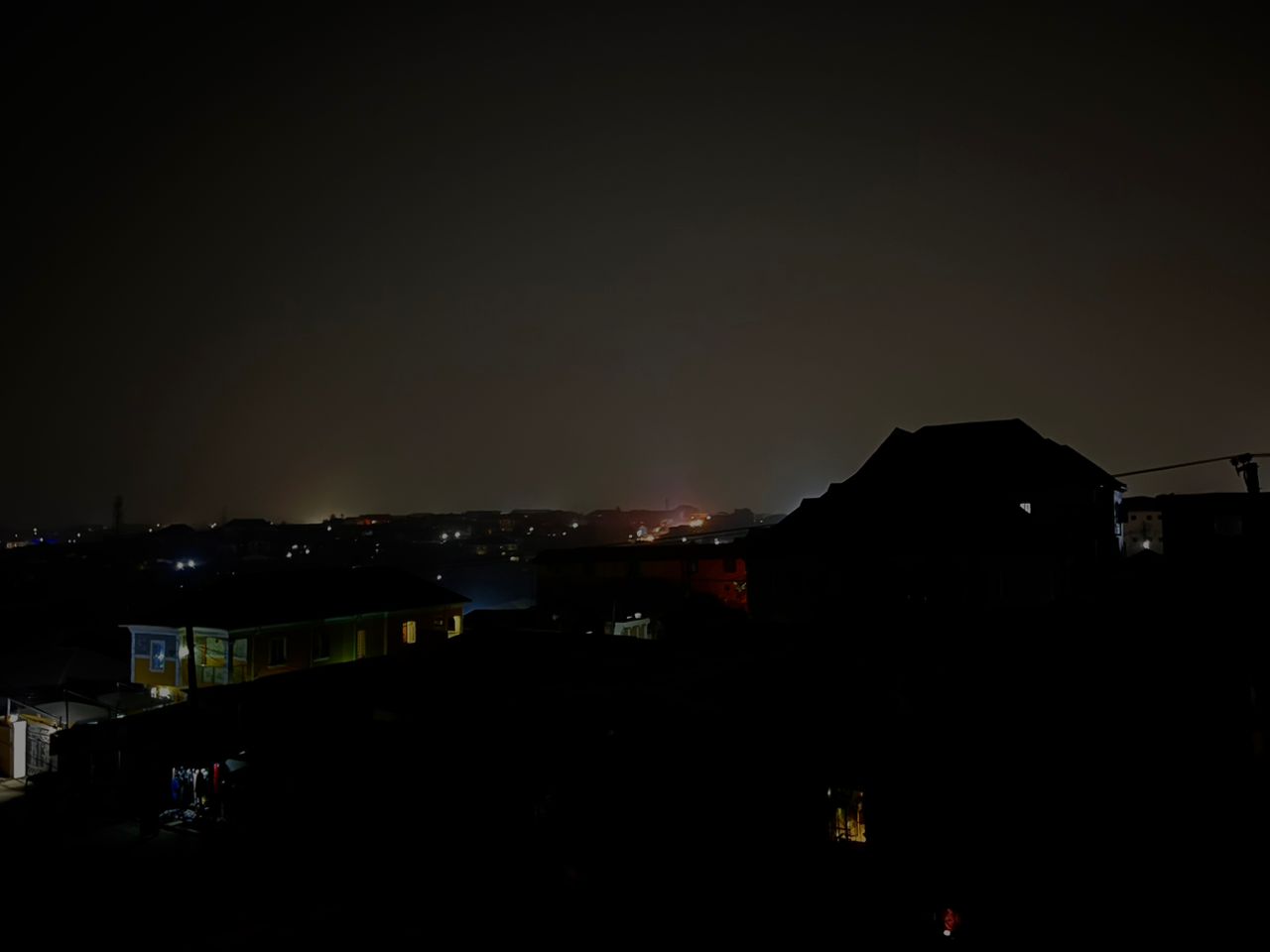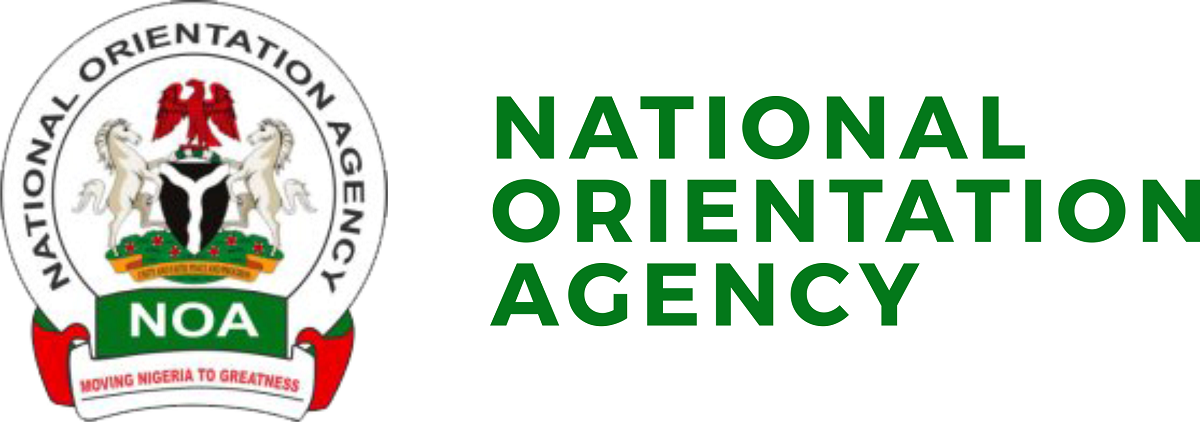Anaemia affects 840 million women, children globally – WHO
The World Health Organisation said anaemia is a serious global public health problem, affecting 571 million women and 269 million young children worldwide.
Anaemia is a condition in which the number of red blood cells or the haemoglobin concentration within them is lower than normal. Haemoglobin is needed to carry oxygen and if you have too few or abnormal red blood cells or not enough haemoglobin, there will be a decreased capacity of the blood to carry oxygen to the body’s tissues. This results in symptoms such as fatigue, weakness, dizziness, and shortness of breath, among others. The optimal haemoglobin concentration required to meet physiological needs varies by age, sex, the elevation of residence, smoking habits, and pregnancy status.
Anaemia may be caused by nutrient deficiencies through inadequate diets or inadequate absorption of nutrients, infections, inflammation, chronic diseases, gynaecological and obstetric conditions, and inherited red blood cell disorders.
The most common nutritional cause of anaemia is iron deficiency, although deficiencies in folate, vitamins B12, and A are also important causes.
A Nigerian study titled ‘Individual, household and area predictors of anaemia among children aged 6–59 months in Nigeria,’ and published on Science Direct in 2022, showed that the prevalence of anaemia among children aged 6 to 59 months in Nigeria was 68.1 per cent.
Zamfara State had the highest prevalence of 84 per cent; followed by Jigawa State with 81 per cent. Lagos state and Kaduna state recorded the lowest at 53 per cent and 50 per cent respectively.
The researchers led by said Phillip Obasohan at the School of Health and Related Research, University of Sheffield, Sheffield, the United Kingdom, and the Department of Liberal Studies, College of Administrative and Business Studies, Niger State Polytechnic, Bida, noted that the WHO standard classification of anaemia prevalence, every state in Nigeria has severe anaemia status among children aged 6–59 months.
“This study has revealed the enormous severity of anaemia among children aged 6–59 months in Nigeria. The status of under-five years of anaemia in Nigeria continues to increase. This is an indication of a serious public health problem in the country. The consequences of this could be daunting, putting the lives of this young generation at risk of mental, reduced cognitive development, poor social, academic and working inability as they grow older,” the researchers said.
They said to address anaemia among children under-five years of age in Nigeria, a multidimensional approach is required, including research to establish how the contributing factors are distributed across the population and identify the at-risk population groups.
Meanwhile, WHO launched its first-ever comprehensive framework on reducing anaemia during the International Maternal Newborn Health Conference which was held in Cape Town, South Africa, from May 8 to May 11, 2023.
WHO urges countries to accelerate action to halve anaemia prevalence in women of reproductive age by 2025, noting that progress on reducing anaemia has been slow and the world is not on track to reach the global target.
In 2019, anaemia affected 40 per cent of children between six months and five years of age, 37 per cent of pregnant women, and 30 per cent of women 15–49 years of age. It is most prevalent in low- and middle-income countries.
Anaemia increases the risk of infections and death, impairs cognitive performance, and causes extreme fatigue, poor pregnancy outcomes, loss of earnings, and poor growth and development. It is a strong indicator of overall health.
“Most work on addressing anaemia has been focused on the prevention and treatment of iron deficiency,” says the Director of WHO’s Department of Nutrition and Food Safety, Francesco Branca. “However, anaemia is a complex condition with multiple causes – including other nutritional deficiencies, infections, inflammation, gynaecological and obstetric conditions, and inherited red blood cell disorders.”
The new framework sets forth ways to address the direct causes, risk factors, and broad social inequities that are fundamental drivers of anaemia. It describes the necessary comprehensive approach that brings together multiple sectors and actors and lays out key action areas to improve the coverage and uptake of interventions
Acknowledging that health remains the predominant sector for delivering many of the recommended interventions, the framework also proposes actions that other societal stakeholders can take.
These include governments, civil society, academia, researchers, funding agencies, international organisations, and the media. Each has its particular role to perform in reducing anaemia and keeping people healthy.











